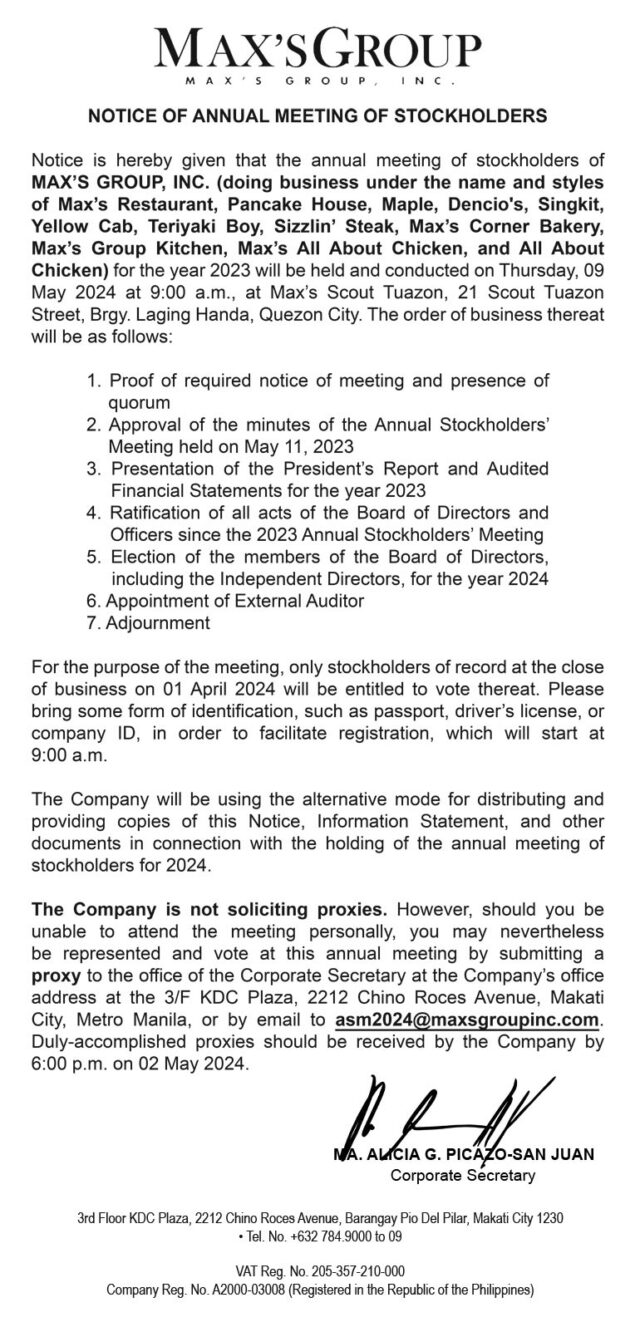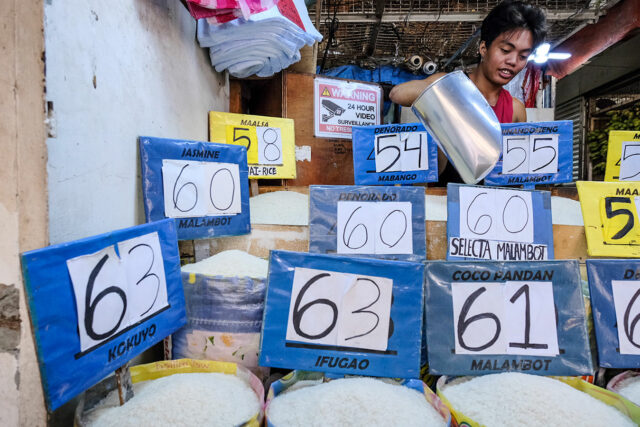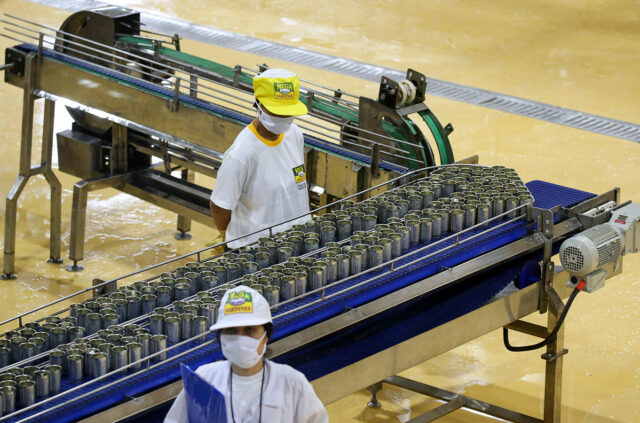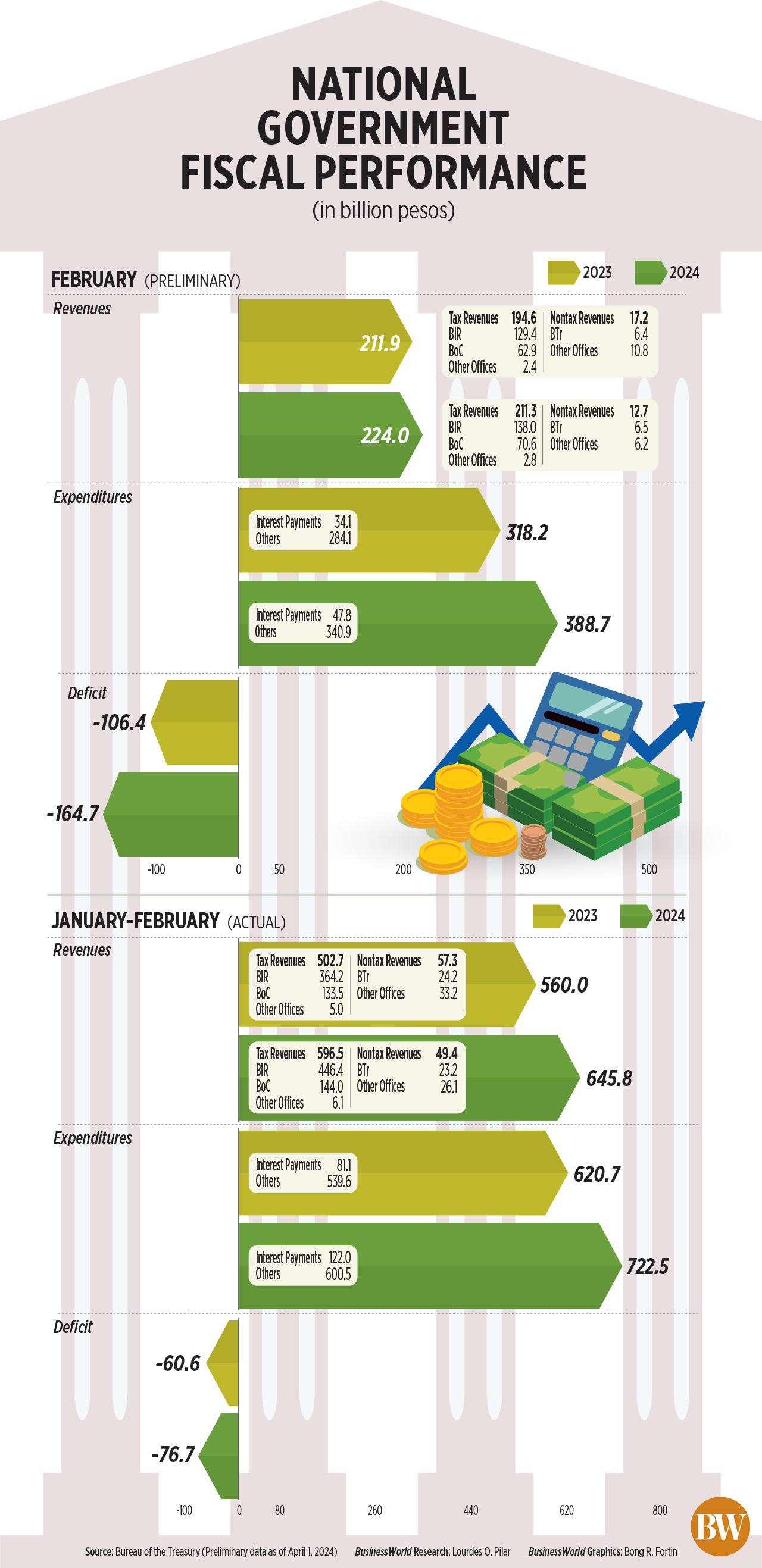Lawmakers urge Biden to call out more Chinese biotech firms
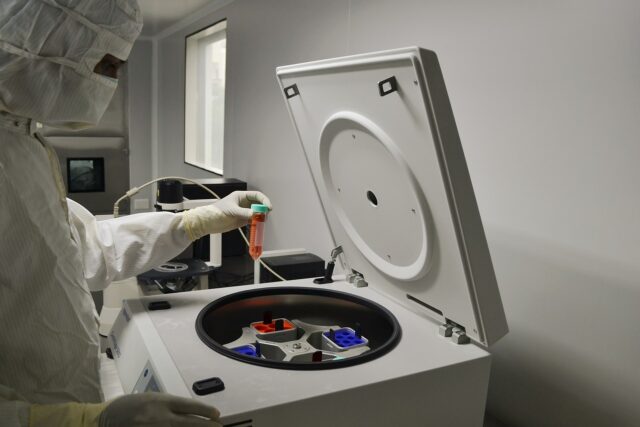
A Republican and a Democratic member of Congress are calling on the Biden administration to add seven Chinese biotech firms to a list created by the Defense Department to highlight firms it says are allegedly working with Beijing’s military.
In a letter dated March 29 seen by Reuters, Republican Michael Gallagher and Democrat Raja Krishnamoorthi asked Defense Secretary Lloyd Austin to take the action since Beijing could harness the power of biotechnology to strengthen its military.
“Urgent action is needed,” said the lawmakers, who serve as the chairman and ranking member of the Select Committee on the Chinese Communist Party, citing risks that China could “create synthetic pathogens” to gain military advantage.
“The Department of Defense provides responses directly to members of Congress in matters of this kind,” a department spokesman said in a statement. “We have no additional information or further details to release at this time.”
A spokesperson for the Chinese Embassy in Washington said “some people” in the United States should stop suppressing Chinese companies under false pretexts.
“When it comes to ‘using biotech to strengthen its military,’ the US side should reflect on itself, rather than groundlessly attacking and smearing China,” the spokesperson, Liu Pengyu, said in a statement.
The letter is the latest sign of growing concern in Washington about China’s biotech sector.
The US Congress is considering legislation to bar federal agencies from contracting with China’s BGI and WuXi AppTec, among others, as part of an effort to keep China from accessing American genetic data and personal health information.
US intelligence officials in late February told senators working on the bill that Chinese pharmaceutical firm WuXi AppTec had transferred US intellectual property to Beijing without consent, Reuters reported.
Being placed on the Pentagon’s Chinese military-backed companies list doesn’t involve immediate bans. However, it can be a blow to companies’ reputations and represents a warning to US firms considering doing business with them. It could also put pressure on the Treasury Department to sanction them.
In their letter, Gallagher and Krishnamoorthi call for the addition of Innomics and STOmics, which they allege are subsidiaries of BGI. BGI Genomics Co., a publicly listed subsidiary of BGI Group, was added to the list in 2022.
Reuters reported in 2021 that BGI has made sales worldwide of prenatal tests developed in collaboration with China’s military and has used them to collect genetic data from millions of women for sweeping research on traits of populations.
BGI has said it is not controlled by the Chinese government or military and that it respects human rights.
The letter also names Origincell, for allegedly operating a bio-storage cell tank and having ties to the Chinese military and Vazyme Biotech, which allegedly makes bioactive compounds and has investors with ties to the military.
“STOmics Americas is a U.S.-based company that has no operations in China nor any connections whatsoever with the Chinese military,” the BGI Group said in a statement.
The other companies did not immediately respond to requests for comment.
Lawmakers in February asked that WuXi AppTec be considered for the list. The company has said it poses no national security risk to any country. It also has said it is not aware of any unauthorized transfers of any US client’s IP to China. – Reuters


